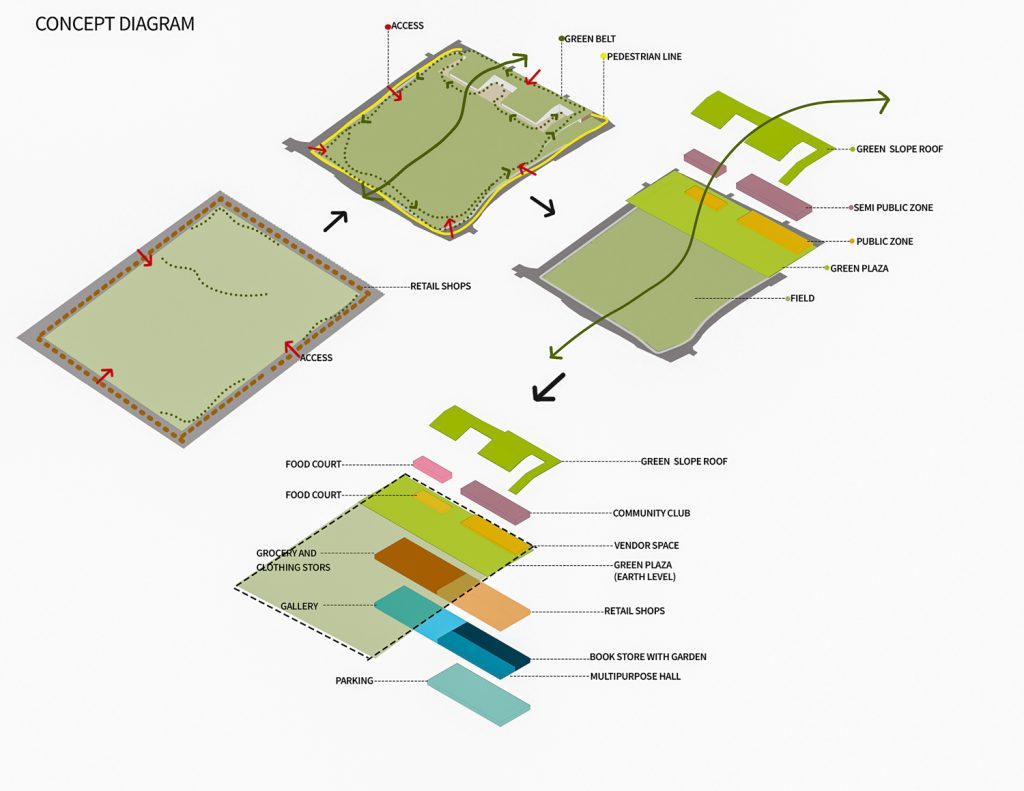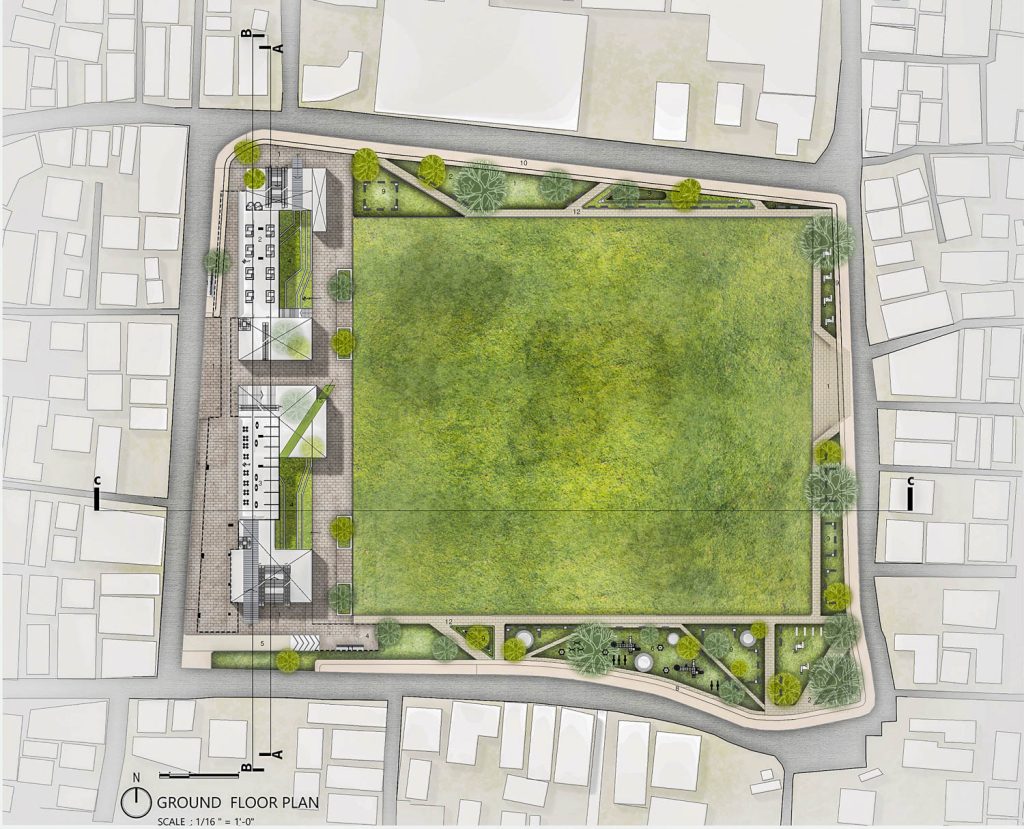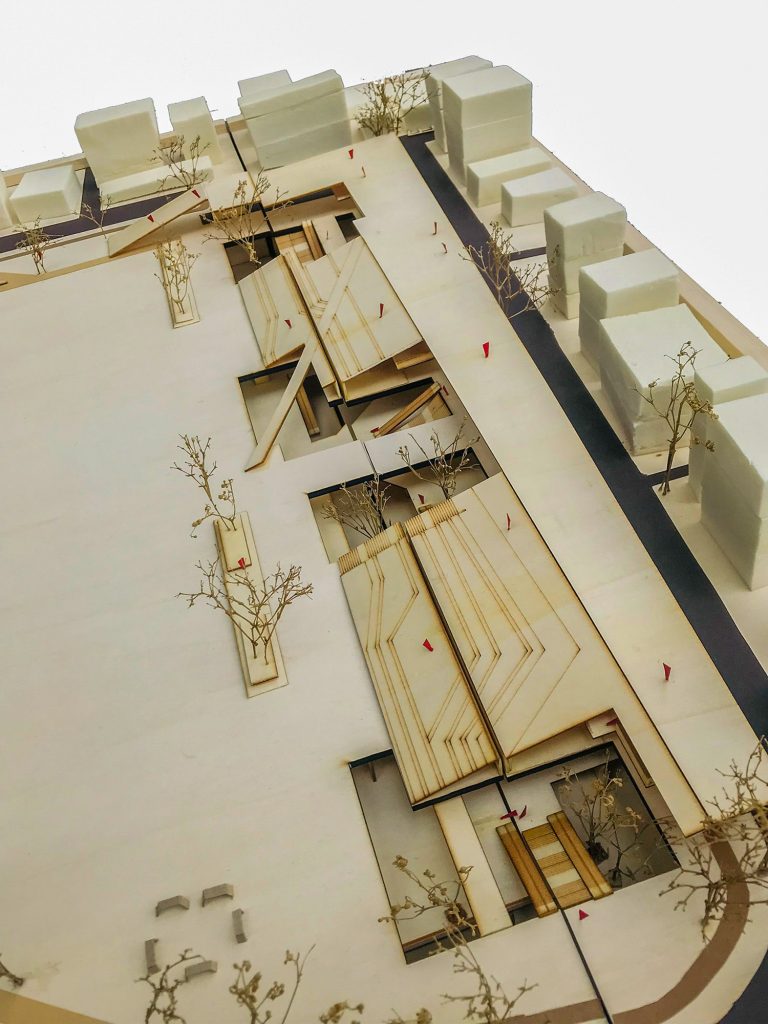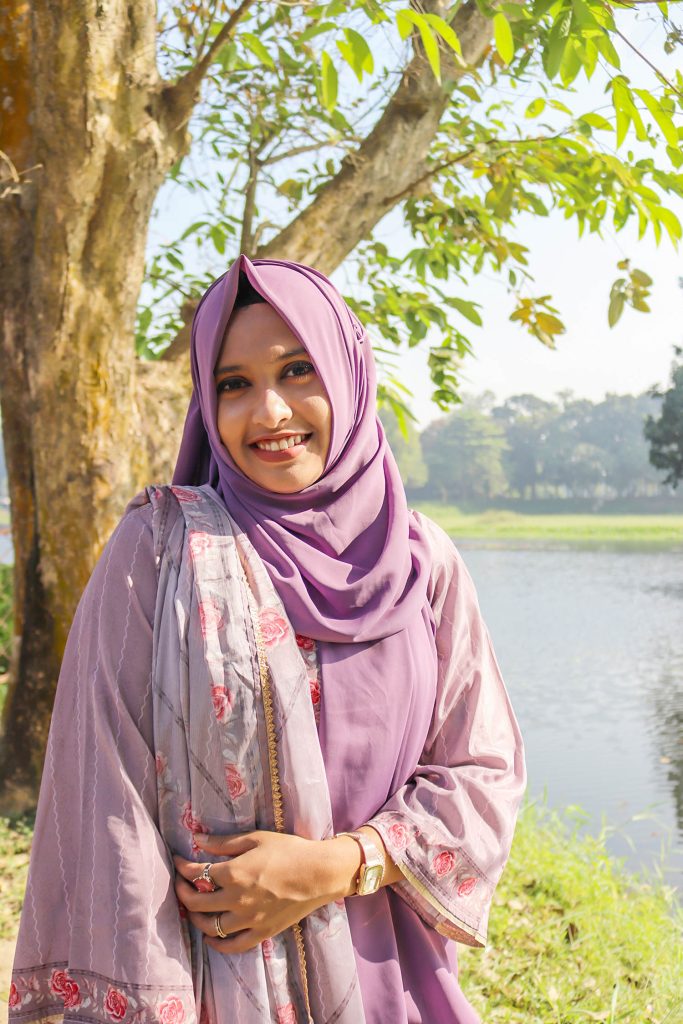Urban Development of Dhupkhola Maath
Urban open spaces are essential elements of the city having importance for different functional and leisure activities of the urban dwellers. In spite of growing densification there are some spaces left as urban gray which can turn into urban positive interactive space as large-scale civic space is hardly to be found. It is vital to enhance public open spaces and playgrounds. This thesis project is proposed by Nahida Sultana, a student of BRAC University. Her studio master was: Prof. Fuad Hassan Mallick, Abul Fazal Mahmudun Nobi, Naim Ahmed Kibria, and Saad M. Kaikobad.



Increased physical activity promotes children’s creativity and imagination, as well as social relationships and social control for future generations, and creates a sense of contentment among city dwellers. Interaction is one of the essential psychological needs of human beings for mental growth. Due to lack of public space and factors like security, privacy, moreover, changes in lifestyle causing limitation of using these spaces and limiting the users.


Dhupkhola field in Ganderia, Old Dhaka, is a gathering spot for residents from nearby neighborhoods to interact, hang out, and spend time with family and friends. The field has become a part of the society’s heritage and pride over the years. The aim of this project is to open the field to the public after it is renovated and also identify the retail typology to be placed on available land. Moreover, street vendors can be organized to allow people to walk on pedestrians freely. In consideration to the study and analysis of the neighborhood, people need a communal space. From the study, parks are officially recognized open areas that are primarily used for recreational activities, including social, athletic, play-related, and other activities. The identity of the interactive spaces can be restored by focusing on a few essential elements of both physical and virtual space.
